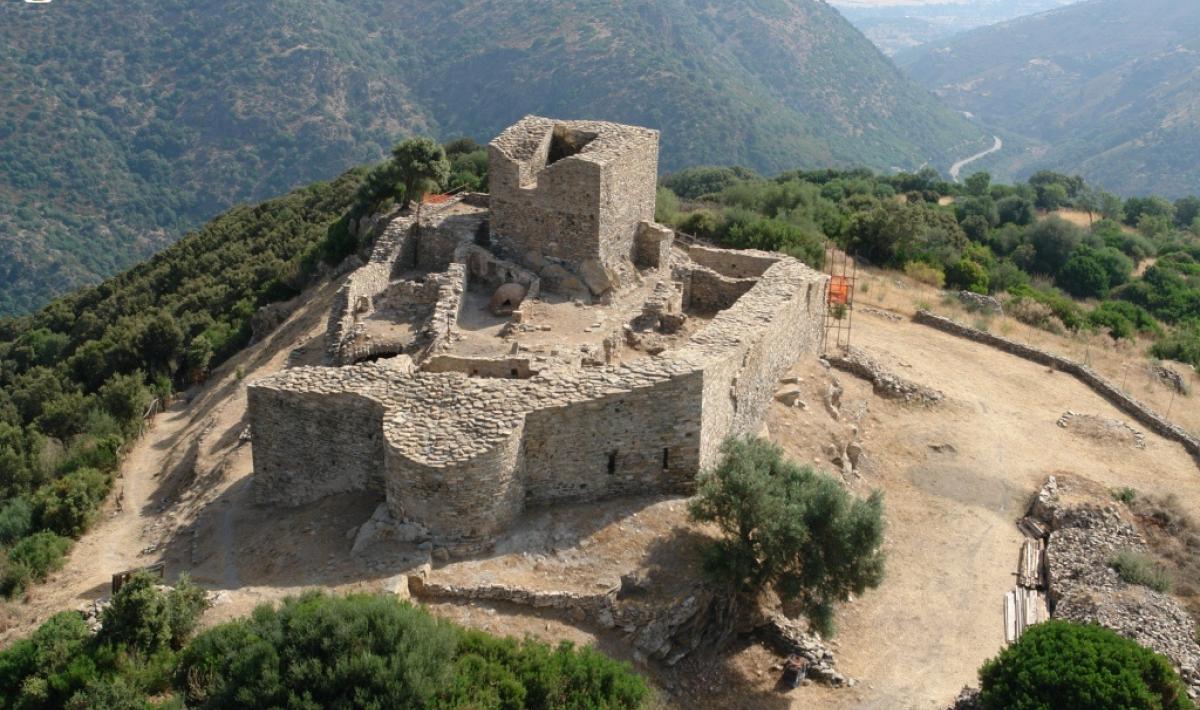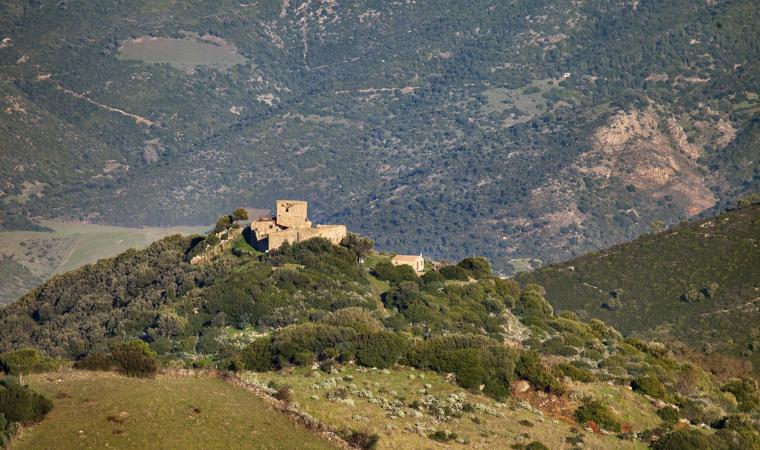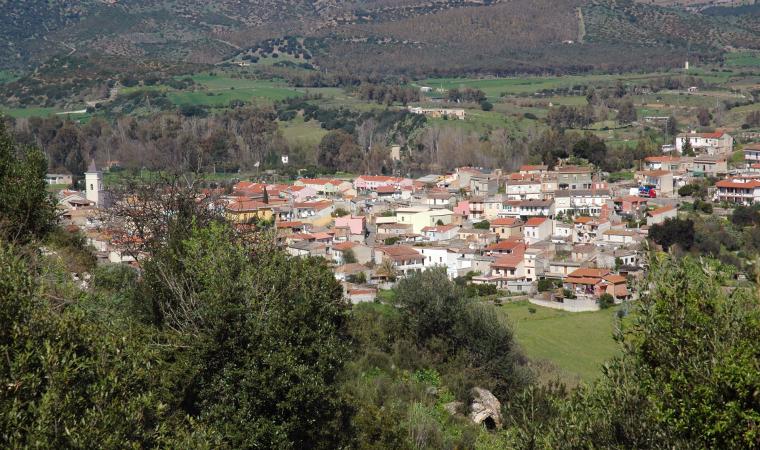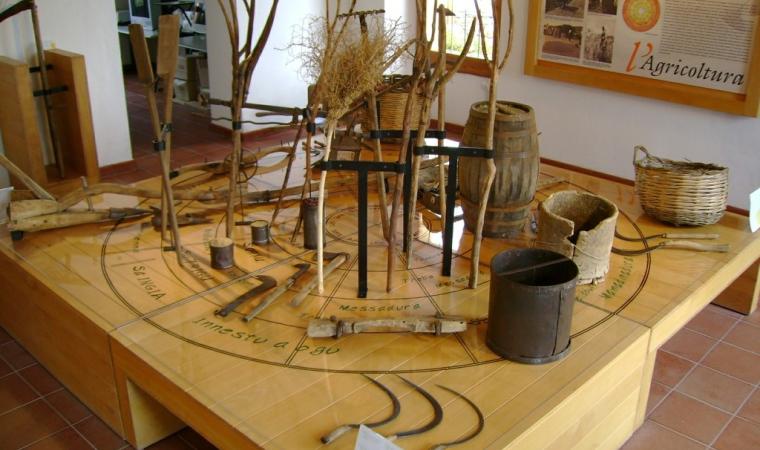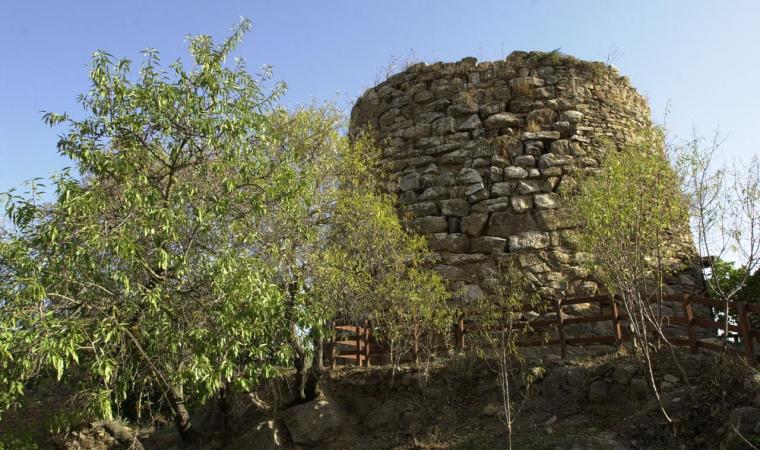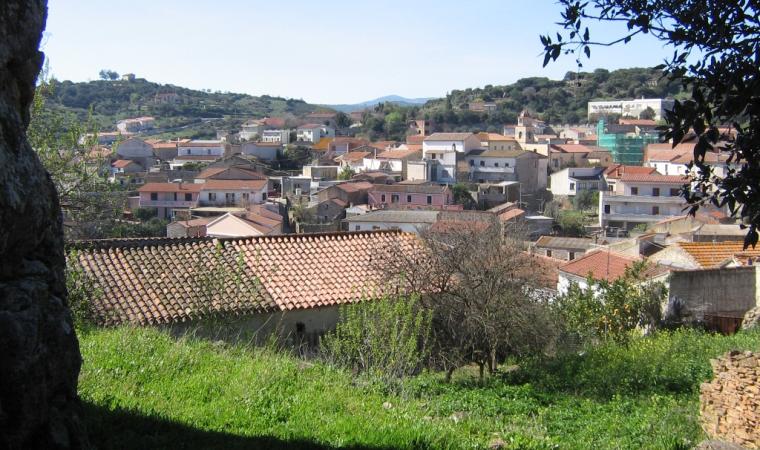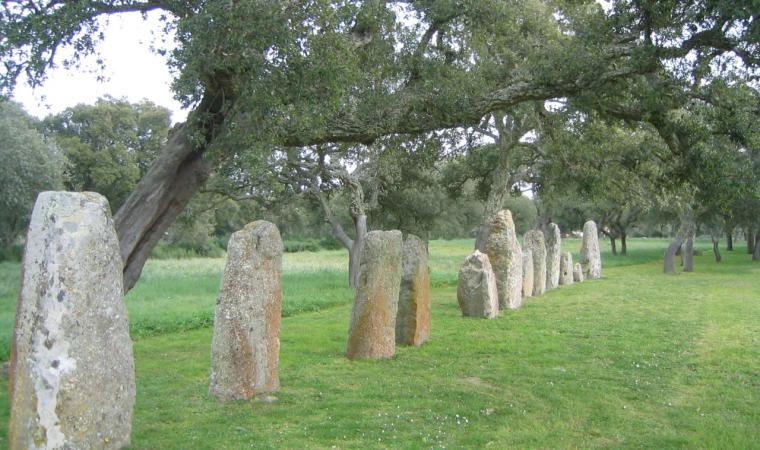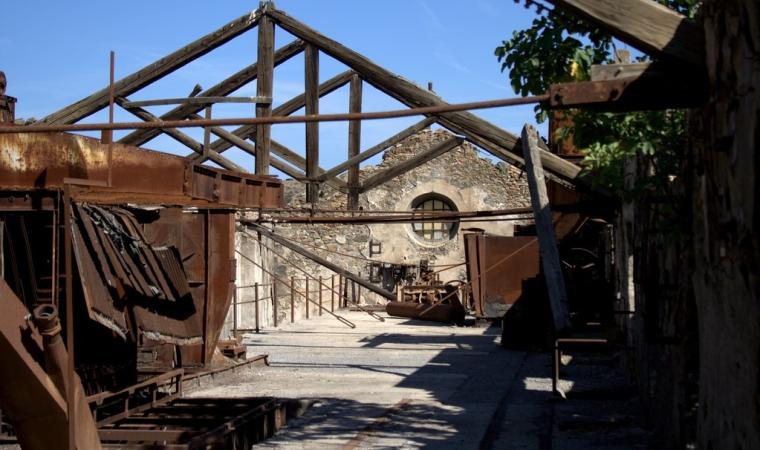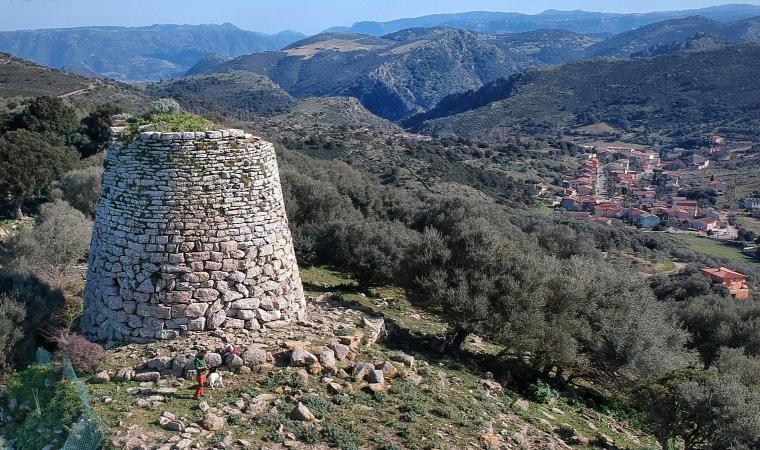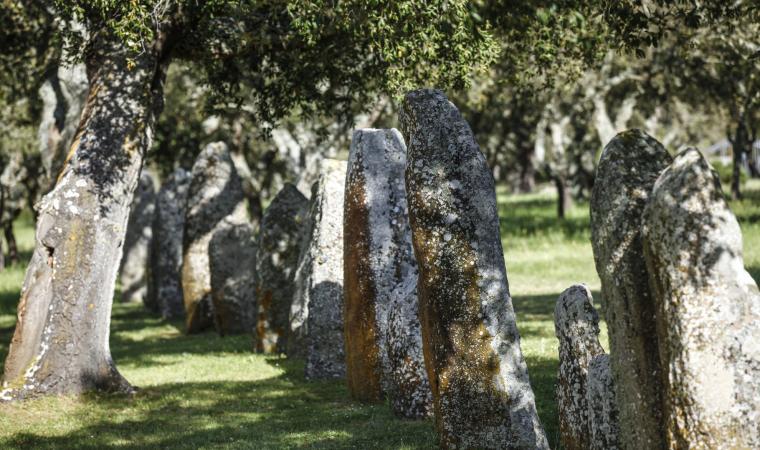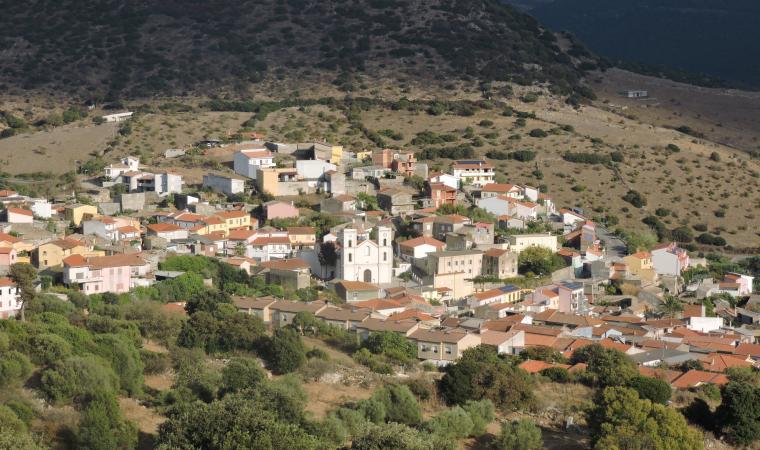Its short but intense life lasted about a century, during which time it was built, besieged, destroyed and abandoned, becoming a symbol of a decisive phase of Sardinian history. The Castle of Sassai, also known as Orguglioso, was built on behalf of the Judicate of Cagliari, controlled by Pisa at that time, in the 13th century, with a purpose common to many other of the island’s medieval fortresses: that of defending the borders between enemy judicates. It is no coincidence that it was built high up, on a hill of the plateau four kilometres from Silius, so that it could watch over the territory and protect the nearby village of Sassai, of which no traces remain. The most famous, legendary story linked to the castle dates back to 1353, at the beginning of the Sardinian-Catalan war: after becoming an Aragonese possession - along with the entire Judicate of Cagliari - it was attacked by partisans from Cagliari on behalf of Mariano IV of Arborea. Some sources mention the presence of 700 horsemen and a large infantry defending the castle. Nevertheless, these were not sufficient to ward off the attack. The judge decided to order its destruction and, after the truce signed the following year, the Spanish Crown chose not to rebuild it.
An Aragonese document, dated 1358, contains a drawing, indicating the castle of Argullos, in which the fortress appears as a ruin. The conflict lasted about seventy years, at the end of which the island fell completely into Spanish hands, which is why the border castles lost their function and most of them were left to decay. The castle’s period of life coincides with Sardinia’s transition from a judicial to a feudal land, a change that profoundly marked the life of the Sardinian people.
A stepped path surrounded by greenery will lead you from the Silius-Ballao municipal road to the top of the hill, on which you will find the remains of the fortress, built from regular-shaped schist ashlars. On the north side, you can observe the perimeter walls and the ruins of a square tower. Another tower, with a circular section, was inserted into the south-west wall. Along the walls, you will notice the embrasures used by archers. Several iron rings attached to the walls of two cellars show that they were probably used as a prison. Another space has been identified as a kitchen, due to the presence of an oven. Here, you will be intrigued by a red drawing on a wall: it may depict a soldier with chain mail armour and a bow. At night, faint moaning can apparently be heard coming from these ruins: during the siege, the Countess of Sassai, who wove very fine cloth with her gold loom, was the victim of a collapse. According to folk tales, she has been begging for help to free herself from the rubble ever since.
The view from the top of the hill embraces hills and valleys and the Silius villages of San Nicolò Gerrei, Ballao and Goni. You will also notice the pine forest, equipped for picnics and children’s games, inside which you will find the spring of is Alinos, where you can take a refreshing break. Meanwhile, a little further north, you can leap into the Nuragic age and visit the sacred well of Funtana Coberta.

